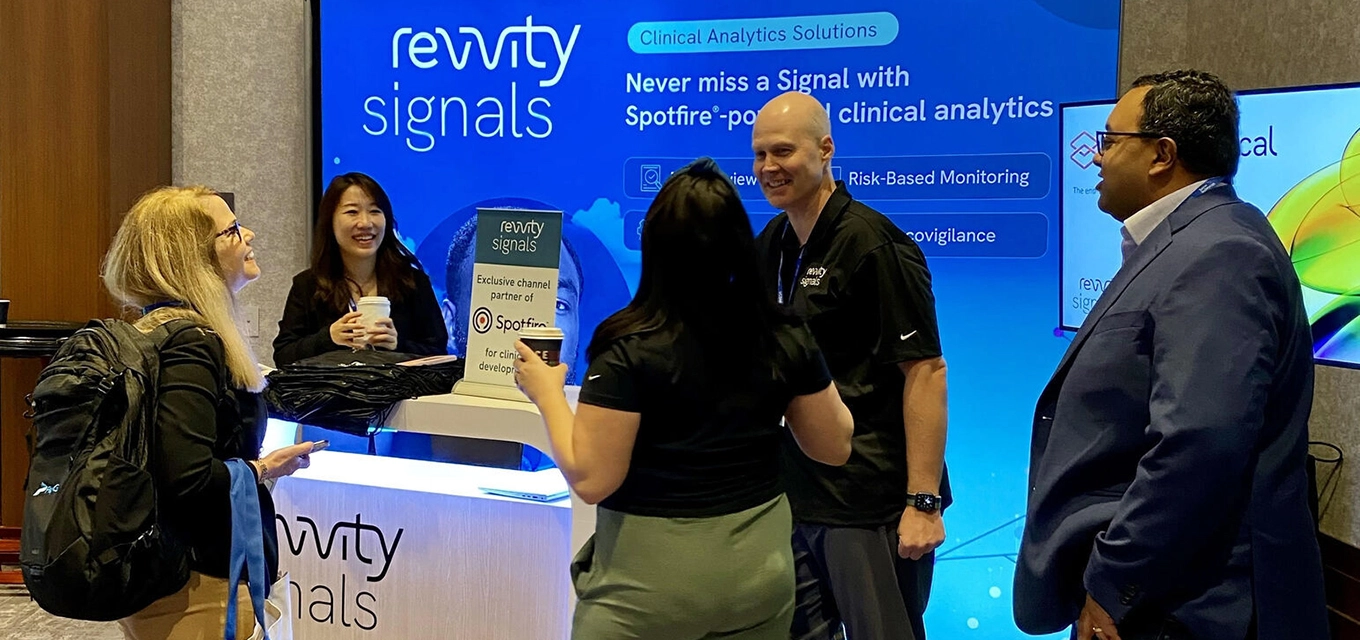Events and Webinars
On-Demand Webinars
Watch previous on-demand, webinars through our signature Connect series.

Resources
Always improving.
Revvity Signals is continuously improving our products with constant updates. New features are continuously being added to turbo-charge R&D workflows and drive informed decisions by optimizing the reuse of data. Use the corresponding links to the left to check out some of our previous events, webinars and connects.

